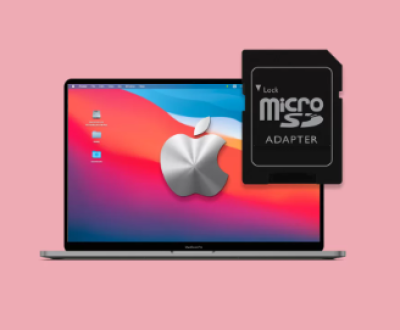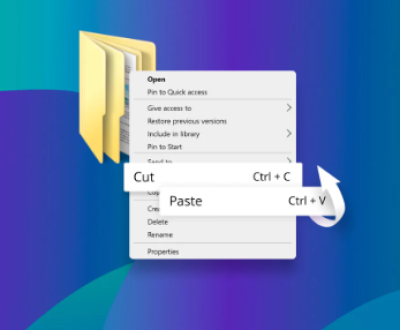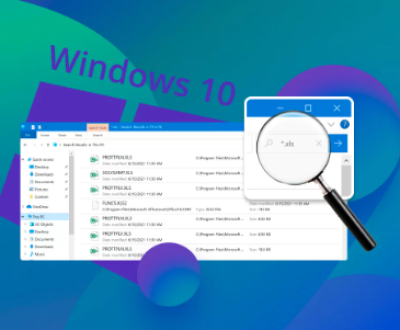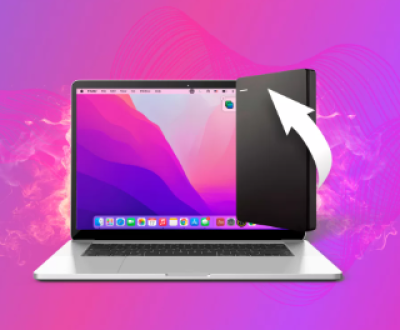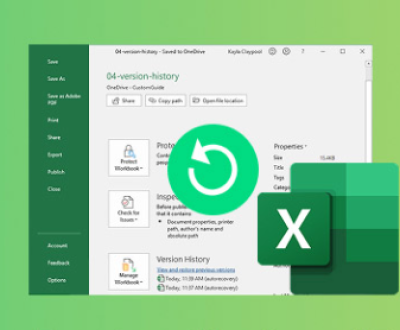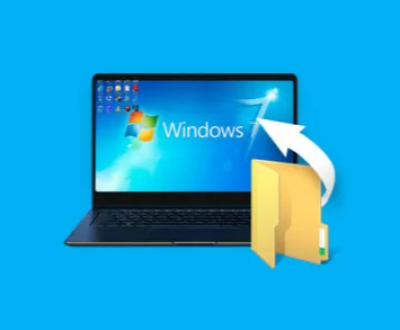1. SD Card Data Deletion
Before diving into the recovery methods, it’s important to understand how data deletion works on an SD card:
Data Deletion Process: When you delete a file on your SD card, the operating system removes the entry in the file system directory and marks the space as available. The actual data remains intact on the SD card until it’s overwritten by new data.
File Overwriting: As you continue to use the SD card, new files might overwrite the old ones. This is why it’s crucial to stop using the SD card once you realize that data has been deleted. The more you use the card, the greater the chance of overwriting your deleted files.
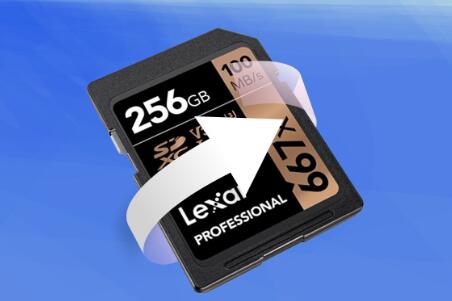
2. Immediate Steps to Take After Deleting Files
If you’ve accidentally deleted files from your SD card, it’s important to act quickly. Here are the key steps to take immediately:
Stop Using the SD Card: As mentioned, using the card will increase the chance of new data overwriting the deleted files. Remove the SD card from the device and do not take any new pictures, store files, or perform any other activity that writes data to the card.
Check the Trash or Recycle Bin: If you’re working with a computer and the SD card is connected, it’s worth checking the Trash (Mac) or Recycle Bin (Windows). Sometimes, files are temporarily stored there before they’re permanently deleted.
3. Preliminary Troubleshooting
Before attempting to recover your deleted files, there are a few quick troubleshooting steps you should consider:
Inspect the SD Card: Ensure the SD card is physically intact and there are no visible signs of damage. If the card is physically damaged, data recovery can be significantly more challenging, and professional help might be needed.
Check the File System: If the SD card isn’t being recognized, or if you can’t find the files you’re looking for, it might be due to a corrupted file system. In this case, using recovery software might still work, but it might also require you to repair the file system first.
4. Software Tools for SD Card Recovery
Panda Assistant is a versatile data recovery tool designed to help users recover lost or deleted files from a variety of devices, including hard drives, USB drives, SD cards, and other storage media. Developed by Panda Security, a leader in cybersecurity and data protection, Panda Assistant combines cutting-edge technology with a user-friendly interface to provide an efficient and reliable solution for data recovery.
Whether you’ve accidentally deleted important documents, lost files due to a system crash, or encountered file corruption, Panda Assistant is engineered to assist you in restoring your data with minimal hassle.
Key Features of Panda Assistant
Multiple Data Recovery Scenarios Panda Assistant is designed to handle a wide range of data loss situations, including:
Accidental Deletion: It can recover files that were accidentally deleted from your storage devices.
Formatted Devices: If your storage device was formatted, Panda Assistant can help you recover files that were erased during the formatting process.
Corrupted Files: Panda Assistant can recover files from devices with corrupted file systems, even if the device is no longer recognized by the operating system.
Lost Partitions: If a partition is lost due to accidental deletion or disk damage, Panda Assistant can scan the device for recoverable partitions and files.
Wide File Type Support Panda Assistant supports a broad range of file types, ensuring that you can recover not only common document files (like Word and Excel) but also multimedia files such as photos, videos, and music. Whether you’re looking to recover precious family photos or important work files, Panda Assistant can help you restore them.
Intuitive User Interface One of Panda Assistant’s key strengths is its simplicity. The software is designed to be accessible even to users who aren’t tech-savvy. With its intuitive, step-by-step interface, Panda Assistant makes it easy to select the storage device, scan for lost files, and recover them with just a few clicks.
Preview Before Recovery Another helpful feature is the ability to preview files before you commit to the full recovery process. This is particularly useful when you’re dealing with a large number of recoverable files, as it allows you to ensure that the files you want to restore are intact and usable.
Deep Scan for Advanced Recovery Panda Assistant also includes a “Deep Scan” feature for more challenging recovery scenarios. While the quick scan looks for recently deleted files, the deep scan performs a more thorough search, making it possible to recover files that might have been lost for a longer time or buried under layers of new data.
Cross-Platform Compatibility Panda Assistant works on both Windows and Mac systems, making it a versatile tool for users across different platforms. It can recover data from various file systems, including FAT, NTFS, and HFS+, which are commonly used on SD cards, USB drives, and external hard drives.
Safety and Security Panda Assistant ensures that your recovered files are not corrupted during the process. The software is designed with safety measures to protect your data throughout the recovery process, making it a reliable choice for users concerned about file integrity.
How to Use Panda Assistant
Using Panda Assistant is straightforward:
Download and Install: First, download the Panda Assistant software from the official website and install it on your computer.
Select the Device: Launch the software and select the storage device you wish to recover data from. This could be an SD card, USB drive, external hard drive, or even an internal drive.
Scan for Lost Files: Choose either a quick scan or deep scan, depending on the complexity of your data loss. The software will scan the selected device for recoverable files.
Preview and Recover: Once the scan is complete, you can preview the recoverable files and select which ones you wish to restore. You can save the recovered files to another device to avoid overwriting data on the original storage device.
5. How to Recover Deleted Files from an SD Card Using Software
Here’s a general step-by-step guide for using data recovery software, such as Panda Data Recovery, to recover deleted files from your SD card.
Step 1: Install the Software
First, download and install the data recovery software of your choice. If you’re using Panda Data Recovery, for instance, go to their website, download the installer, and follow the on-screen instructions to install it on your computer.
Step 2: Connect the SD Card
Insert your SD card into the card reader and connect it to your computer. If you’re using a laptop or desktop that has an SD card slot, you can simply insert the card directly. Otherwise, use a card reader to connect it.
Step 3: Launch the Recovery Tool
Open the recovery software you’ve installed. In Panda Data Recovery, for example, you’ll see the main interface with options for scanning different devices. Select your SD card from the list of available drives.
Step 4: Choose a Scan Type
Most recovery tools offer different types of scans:
Quick Scan: This will scan the card for recently deleted files. It’s faster but may not detect all deleted data.
Deep Scan: If a quick scan doesn’t find your deleted files, you can run a deep scan. This will take longer but will search the SD card more thoroughly, scanning for lost files even after the file system has been altered.
Step 5: Scan the SD Card
Click the scan button to start the process. The software will begin scanning the SD card for deleted files. Depending on the size of the SD card and the scan depth, this process may take anywhere from a few minutes to several hours.
Step 6: Preview and Recover Files
Once the scan is complete, the software will display a list of recoverable files. You can often preview images, documents, or videos before you decide to recover them. Select the files you want to restore, and choose a safe location (preferably on your computer) to save the recovered data.
Step 7: Save the Recovered Files
Once you’ve selected the files to recover, click the “Recover” button. Make sure to save the recovered files to a different drive or folder to avoid overwriting the data still on the SD card.
6. Manual Recovery Techniques
If you’re comfortable with command-line tools or technical processes, you may attempt to recover deleted files manually. However, this is only recommended for advanced users who understand the risks involved.
a) File Carving
File carving is a technique where software attempts to identify and recover files based on their data signatures rather than relying on the file system. This can sometimes recover files that are beyond the reach of normal recovery tools.
b) Using CHKDSK on Windows
If your SD card’s file system is corrupted or unreadable, running the CHKDSK utility might help repair it. Here’s how to do it:
Open Command Prompt as an administrator.
Type chkdsk X: /f (replace X with your SD card’s drive letter).
Press Enter. CHKDSK will attempt to fix any errors on the SD card, which might make the deleted files accessible again.
7. Preventing Future Data Loss
Once you’ve successfully recovered your files, it’s important to take steps to prevent future data loss:
Backup Your Files: Regularly back up your files to a separate storage device, cloud service, or both.
Safely Eject the SD Card: Always eject the SD card properly from your device to avoid corruption or data loss.
Use Write Protection: Some SD cards have a physical write protection switch. Enable this feature when you don’t need to write to the card.
8. When to Seek Professional Help
While many users can recover deleted files on their own using recovery software, there are situations where professional help may be necessary:
Severe Physical Damage: If your SD card has suffered physical damage, such as being dropped, crushed, or exposed to water, it’s best to consult a professional data recovery service.
Complex Data Loss Scenarios: If standard recovery methods don’t work or the SD card is severely corrupted, a professional may have the expertise and tools to recover your data.
About us and this blog
Panda Assistant is built on the latest data recovery algorithms, ensuring that no file is too damaged, too lost, or too corrupted to be recovered.
Request a free quote
We believe that data recovery shouldn’t be a daunting task. That’s why we’ve designed Panda Assistant to be as easy to use as it is powerful. With a few clicks, you can initiate a scan, preview recoverable files, and restore your data all within a matter of minutes.
Subscribe to our newsletter!
More from our blog
See all postsRecent Posts
- How to restore lost files on sd card 2025-07-03
- How to restore lost files 2025-07-03
- How to restore lost word document 2025-07-03

 Try lt Free
Try lt Free Recovery success rate of up to
Recovery success rate of up to

